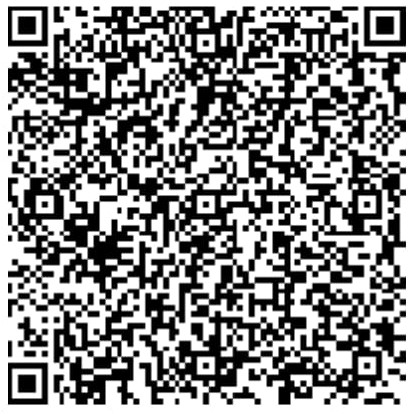National integration refers to the feeling of common identity among the people of the country to build a strong and developed nation despite living in different races, cultures, religions and regions. It promotes the feeling of unity among the people for unity in diversity. It brings a kind of ethnic and cultural equality among people of different communities.
It can be said that it is the unity that was expressed among the common Indian people against British rule during the Indian independence movement. India is counted as one of the largest countries in the world which is the second most populous country in the entire world, where around 1652 languages and dialects are spoken.
The country encompasses all the major religions of the world such as Hinduism, Buddhism, Christianity, Jainism, Islam, Sikhism and Zoroastrianism with different culture, food habits, traditions, clothing and social customs. It is a diverse country with great variation in climate.
After independence, the biggest problem was the integration of more than five hundred princely states. On July 5, 1947, Sardar Patel, while clarifying the policy towards the princely states, said that 'The princely states will be included in the Indian Union on the basis of three subjects - security, foreign affairs and communication system.' Gradually the rulers of many princely states separated from the Nawab of Bhopal and thus the plan of the newly established Princely States Department became successful.
The then Home Minister of India, Sardar Vallabhbhai Patel, had merged those princely states which were sovereign in their own right, into the Indian Union. Today we Indians are again celebrating the birth anniversary of our Iron man as 'National Unity Day'.

